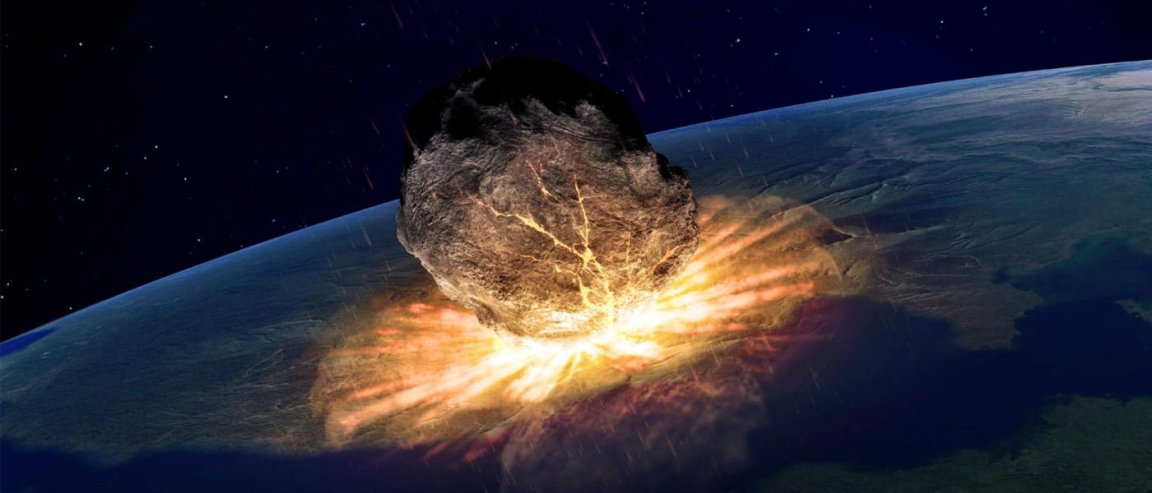
In 2013, a meteor broke apart over Russia, sparking panic and injuring over 1,400 people. Called the “Chelyabinsk Event,” the culprit meteor was estimated to be around 17-20 m (56-65 ft) in diameter and released approximately 500 kilotons of energy. In fact, before the atmosphere absorbed most of the energy, the meteor had about 29 times the energy of the atomic bomb blast at Hiroshima.
Possible Asteroid Impacts
Every year, there could be dozens (if not more) of interstellar objects like comets and asteroids that come very close to Earth. In fact, as of January 3 of this year, 15,420 Near-Earth Objects(NEOs) had been discovered. On March 21, 2016, an NEO under 1 LD (lunar distance) from Earth was estimated to be 35-86 m (114.8-282.1 ft) in diameter. If that object had broken through the atmosphere and landed on Earth, the damage and devastation would be immense.
Yet even more threatening is the possibility of asteroid 2013 TV135 impacting the Earth. This asteroid has only a 1 in 63,000 chance of impacting within the next 100 years, but if it does, it would be absolutely catastrophic. The asteroid measures in at about 400 m (1,300 ft), which is around 4% of the size of the asteroid that is said to have killed the dinosaurs. So, while no dino-killer, the asteroid would certainly pack enough of a wallop to give the Earth one cosmic migraine.

Working Together
The United States government is not taking the possibility of an asteroid impact lightly. In January of 2016, NASA joined with US defense and research agencies to form the Detecting and Mitigating the Impact of Earth-bound NEOs (DAMIEN) group. This group released a report detailing its strategy for dealing with NEOs.
The authors of this report state that “While it is highly unlikely that there will be a civilization-ending NEO impact over the next two centuries, the risk of smaller but still catastrophic NEO impacts is real…There is currently no whole-of government or international strategy to respond to such an even through all phases of a NEO impact scenario.”
Within the report, this group outlines seven strategic goals that they will use to help mitigate the risks of a possible asteroid impact.
1. Enhance NEO Detection, Tracking, and Characterization Capabilities
2. Develop Methods for NEO Deflection and Disruption
3. Improve Modeling, Predictions, and Information Integration
4. Develop Emergency Procedures for NEO Impact Scenarios
5. Establish NEO Impact Response and Recovery Procedures
6. Leverage and Support International Cooperation
7. Establish Coordination and Communications Protocols and Thresholds for Taking Action
According to Lindley Johnson, NASA’s Planetary Defense Officer: “The amount of time needed to mount a robotic planetary mission is typically 5-6 years, so I’d say realistically, you’d need about 8-10 years advance warning to do something about an asteroid in space.”
Our civilization is now truly global in scale and scope, and it behooves us to comport ourselves accordingly and take cognizance of all the potential threats to our survival—whether destructive wars, disease pandemics, climatic change, or the threat of extraterrestrial impactors. Hopefully, the survival of humanity will not be threatened by the impact of an NEO anytime soon; but if it is, we can rest a little easier knowing that measures are being taken and there is finally a sound plan in place.